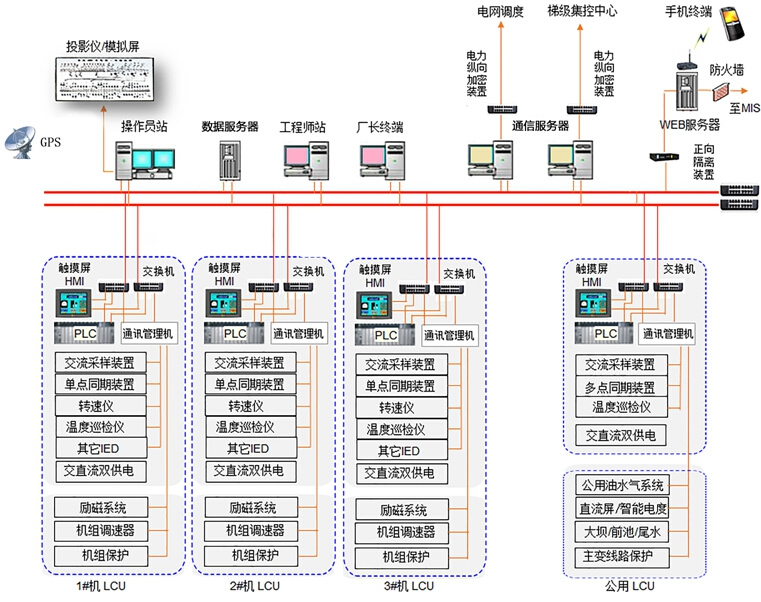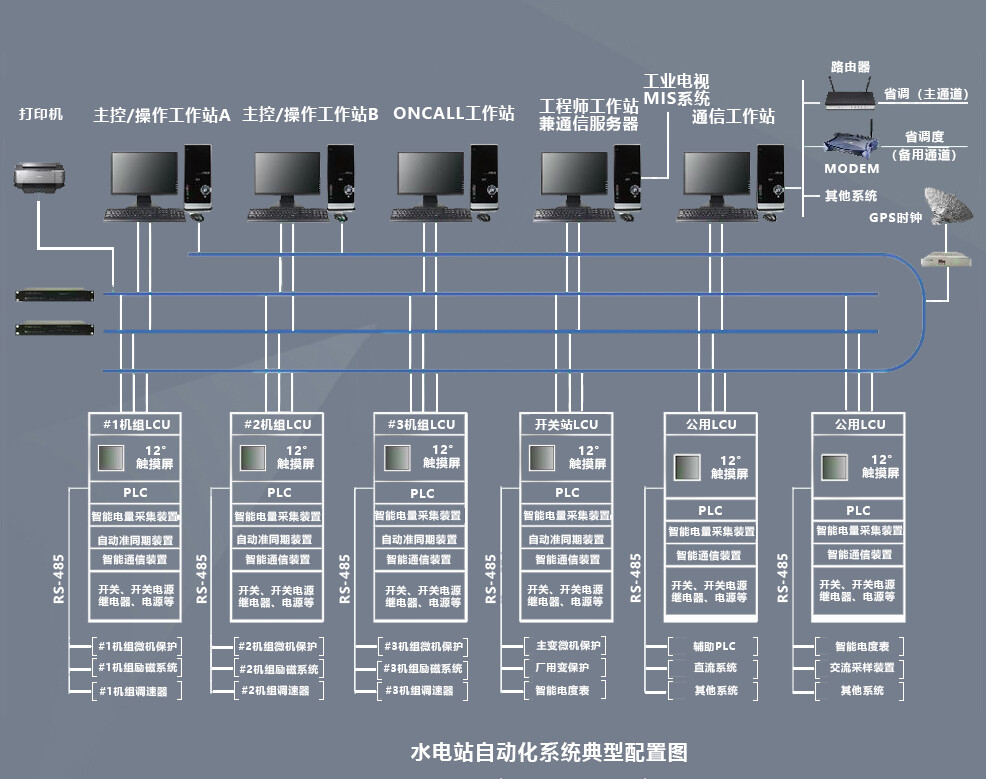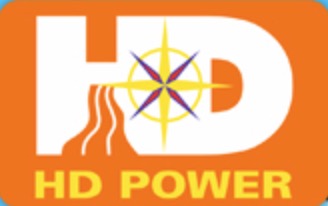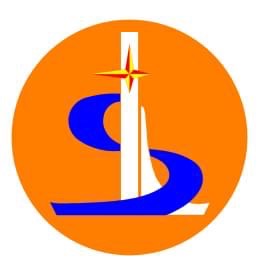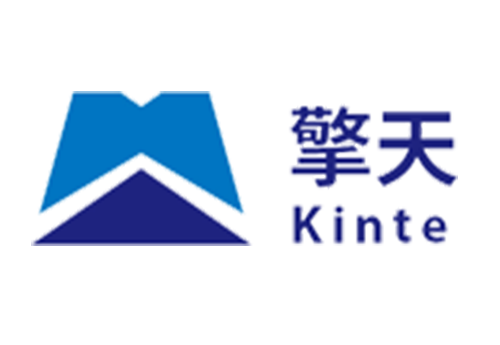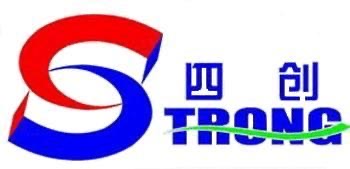Overview
The communication system of a hydropower station is a critical infrastructure that ensures smooth internal and external communication. This system supports the daily operation, fault diagnosis, maintenance management, and coordination with other systems of the power station. The communication system plays a significant role in improving the operational efficiency, safety, and reliability of the power station.
Principles of the Communication System
The communication system in a hydropower station is based on several key communication technologies and principles:
1. Data Transmission Technologies:
· Wired Communication: This includes fiber optic communication, twisted pair communication, and coaxial cable communication. Fiber optic communication is widely used for long-distance data transmission due to its high transmission rate and strong interference resistance.
· Wireless Communication: This includes radio communication, microwave communication, and satellite communication. Wireless communication technologies are suitable for long-distance and special geographic communication needs.
2. Network Protocols:
· Industrial Ethernet: Common network protocols such as TCP/IP are used for data transmission and exchange.
· Fieldbus: Protocols like Modbus, CAN, and Profibus are used for communication between field devices.
· Wireless Communication Protocols: Protocols like Wi-Fi, LoRa, and Zigbee are used for short-range wireless communication.
3. Data Processing and Management:
· Data Acquisition and Processing: Data is collected through sensors and transducers and then processed and analyzed by data processing units.
· Data Storage and Management: Data loggers and database systems store and manage historical data for subsequent analysis and queries.
Functions of the Communication System
The main functions of the communication system in a hydropower station include:
1. Real-Time Data Transmission:
· Equipment Status Monitoring: Real-time transmission of operational status data for equipment, such as temperature, pressure, flow, and vibration, to monitor the health status of the equipment.
· Electrical Parameter Monitoring: Real-time transmission of electrical parameters for generators, transformers, and other electrical equipment, such as voltage, current, and frequency, to ensure the stable operation of the electrical system.
2. Fault Diagnosis and Alarm:
· Fault Detection: Real-time data monitoring helps in the timely detection of abnormalities in equipment and systems.
· Alarm Notification: Automatic alarm notifications are triggered when faults or abnormalities are detected, alerting operators to take necessary actions.
3. Remote Control and Operation:
· Remote Control: Operators can remotely control the equipment and systems within the power station, such as starting or stopping generators, adjusting the operating parameters of turbines, etc.
· Remote Monitoring: Operators can view the real-time operational status of the power station from a remote monitoring center, improving management efficiency.
4. Coordination and Integration:
· System Coordination: The communication system supports the coordinated operation of various subsystems, such as generators, turbines, cooling systems, and safety systems.
· External Coordination: Coordination with external systems, such as grid dispatch centers and higher-level management institutions, to ensure the stable operation of the power station and the grid.
5. Data Recording and Analysis:
· Historical Data Recording: Recording the operational data and operation logs of equipment for historical analysis and fault diagnosis.
· Operational Data Analysis: Using data analysis tools to analyze the operational data of equipment, optimizing operational parameters, and improving operational efficiency.
6. Security Assurance:
· Secure Communication: Ensuring the secure transmission of communication data to prevent data tampering or leakage.
· Emergency Communication: Providing reliable communication channels in emergency situations to ensure timely emergency response.
Summary
The communication system in a hydropower station is a critical infrastructure that ensures the efficient, safe, and stable operation of the power station. By enabling real-time data transmission, fault diagnosis and alarm, remote control and operation, system coordination and integration, data recording and analysis, and security assurance, the communication system plays an indispensable role in the daily operation and emergency management of the power station.



